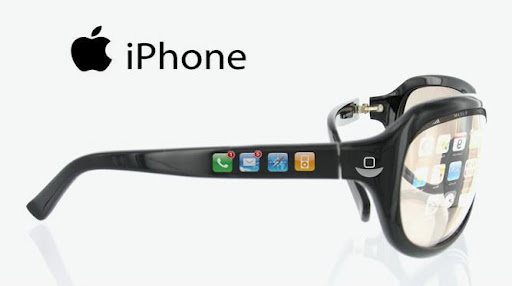With smart devices, wearables, and phones ubiquitous at work and at home, safety becomes an issue. Most of us are exposed to Wi-Fi 24/7; from the moment Alexa wakes us up, to the time we call it a day. While it is true that routers are further away from a person’s head than cell phones are during a call, Public Health England (PHE formerly the Health Protection Agency) claims that the dose of radiation received from living for a year in a location with a Wi-Fi hotspot is equivalent to being on a 20-minute call. As early as 2013, it released guidelines on exposure to WIFI. When you think about it, our workstation at home, with Wi-Fi running uninterrupted, is a virtual, silent intruder to our health
“People using wi-fi, or those in the proximity of wi-fi equipment, are exposed to the radio signals it emits and some of the transmitted energy in the signals is absorbed in their bodies.” – Public Health England
What is WIFI
Both WIFI and cell phone electromagnetic radiation are classified as radio waves that operate in the 2 to 5 GHz range or in the microwave portion of this spectrum. These are of lower frequency than the ionizing Ultraviolet rays found in visible light. UV contains the minimum energy needed to cause breaks in the DNA – which can lead to cancer. That said, there are still grave doubts whether cumulative exposure have an impact at home, specially in nurseries monitored by smart devices.
What is the state of WIFI today? Park Associates in its “360 View: Entertainment Services in U.S. Broadband Households” 2017 report, revealed that 71% of U.S. households have WIFI or Apple Air access. These homes have 45% more connected consumer electronic devices and 30% more computing devices – clearly significantly more exposure to EMF than those without WIFI. Worldwide, 25% of homes have WIFI access and roughly 4 Billion WIFI devices in use. Travelers and commuters also insist on WIFI on-the-go. In fact, studies show “complimentary WiFi came in second only to cost when considering booking a hotel stay.”
“Wi-Fi continues to expand as the technology of choice for traditional home,
government, schools, and business networks, as well as in industries such as
smart energy, transportation, healthcare, and entertainment sectors.”
– Wi-Fi Org (Wi-Fi® and Health/Safety)
Effects On Health
The WHO (World Health Organization), and other health agencies worldwide have set standards to ensure the safety of WIFI and devices run by it. These standards are science-based and to date, there is no irrefutable evidence that WIFI is a health risk. However, many question who developed the “limits to exposure” and are suspicious of the continued safety of “compliant devices” that conform to internationally-agreed guidelines.
Ways to Limit Impact on Health
WIFI has been called the modern day Cigarette as many consider it to be habit-forming. It may be a difficult habit to control because we had gotten so dependent on the Internet to help us manage work, life, business, play, and relationships. In spite of the “seal of good housekeeping” accorded to WIFI and devices, 35% of the population in developed countries suffer from mild symptoms of electrohypersensitivity while 3-8% developed serious symptoms. You don’t need to have one at home to feel the effects of WIFI since it is practically everywhere: in schools, office buildings, restaurants, hotels, planes, ad libitum. The effects may be insidious and affect melatonin levels first. No wonder we have more people suffering from insomnia, poor concentration, migraine, ADD and the like.
Tips to Minimize the Risk
- Use a WIFI Router Guard
2. Keep the Router out of the bedroom,
3. Turn the router off when sleeping, and
4. Learn to do more things offline (not as convenient, but safer).

















